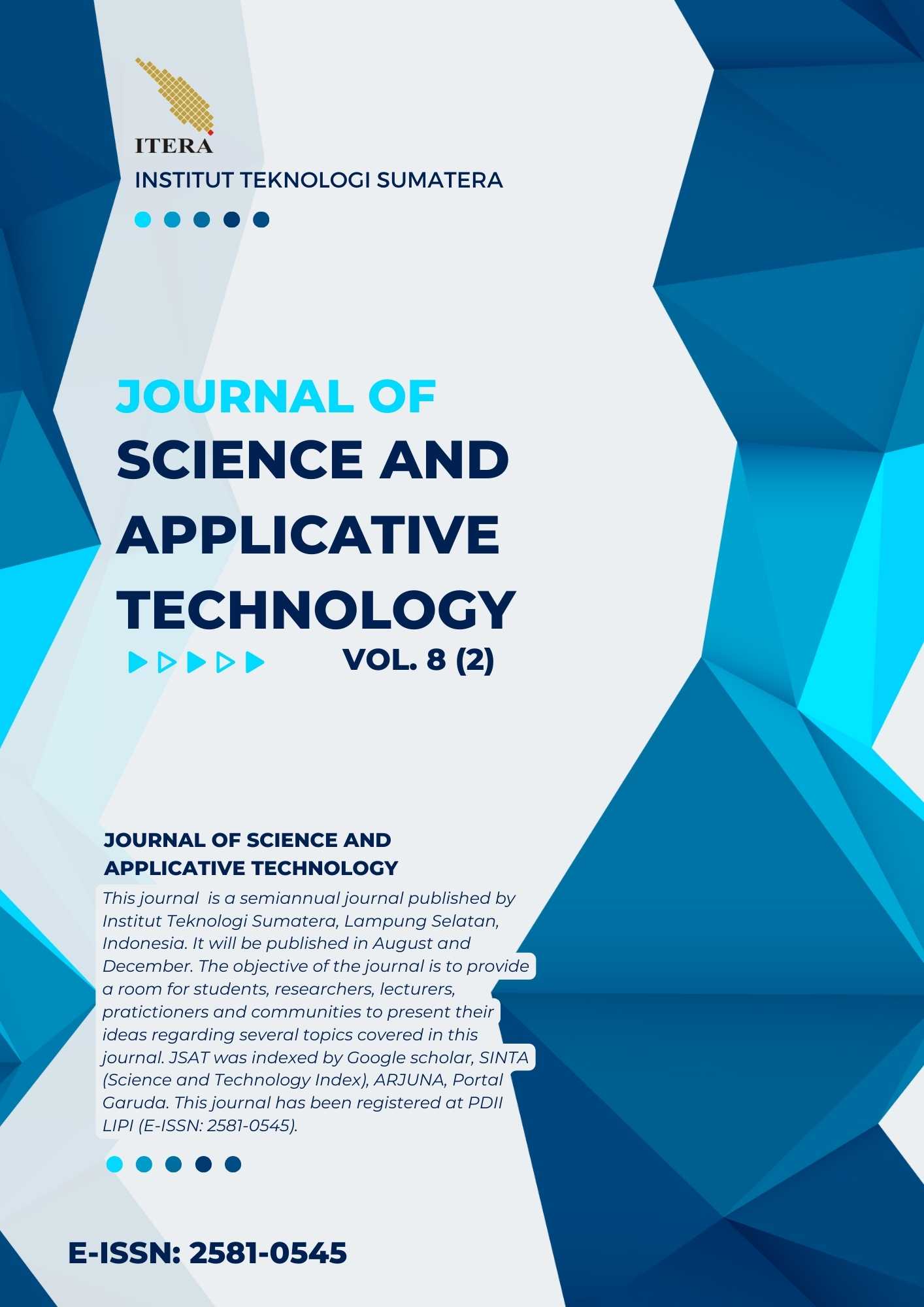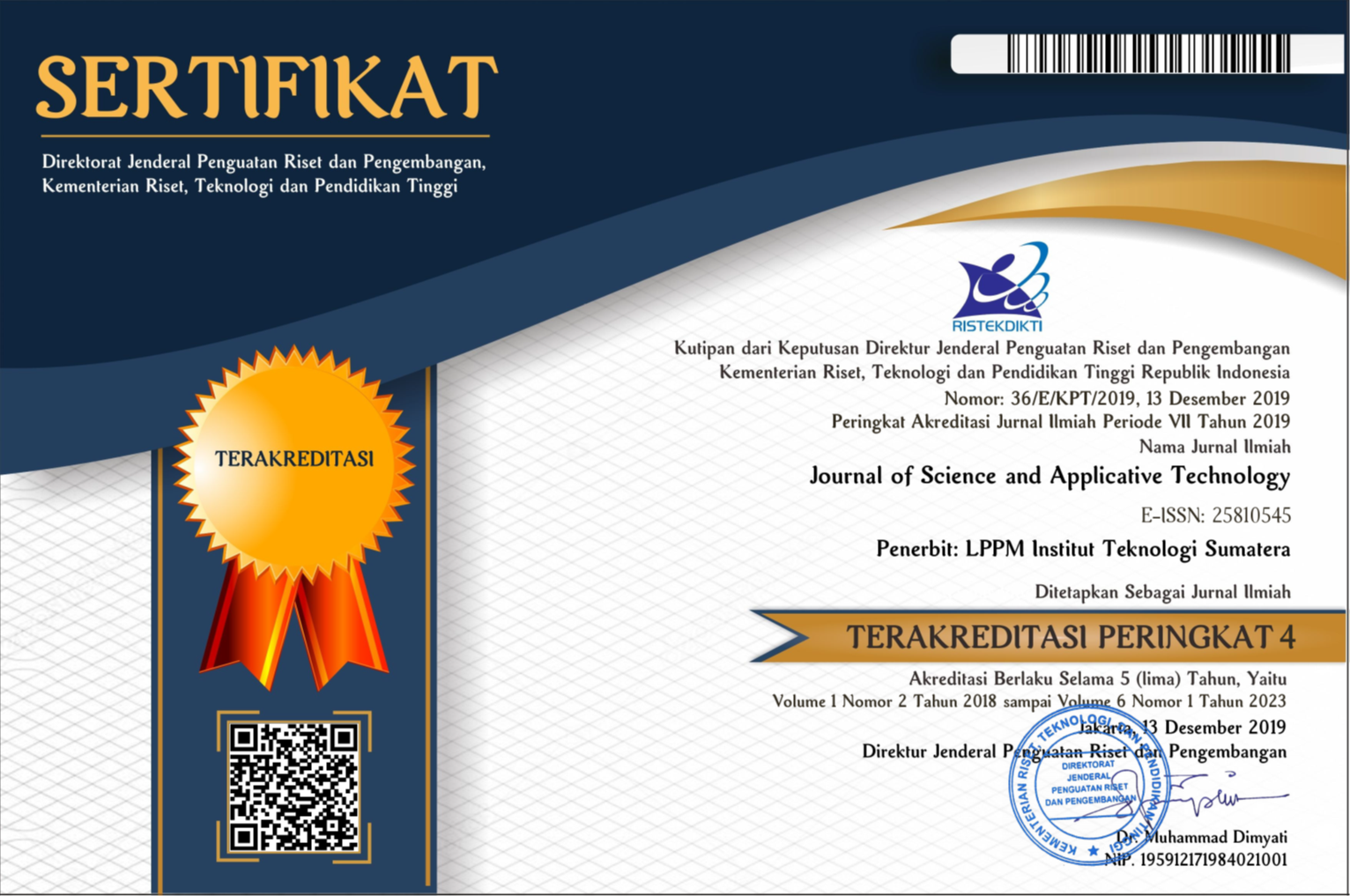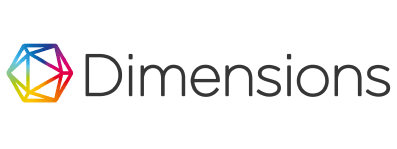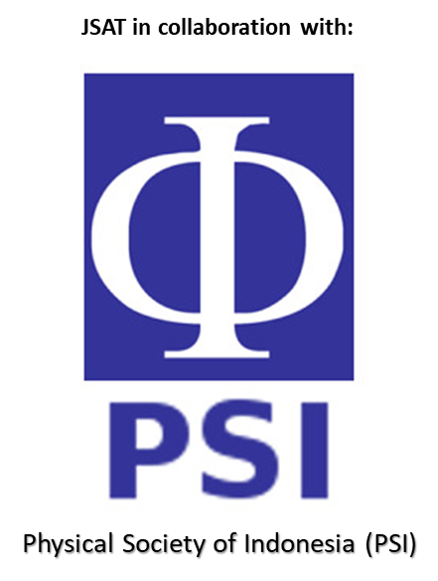Correlation Analysis of Landslide Disaster with Land Tenure (Case Study: Wonosobo Regency)
Abstract
Indonesia is a country that often experiences various kinds of natural disasters, one of which is landslides. Wonosobo Regency is a district that is prone to landslides considering its geographical conditions with steep slopes and high rainfall. Landslides are disasters that are directly related to changes in soil and soil conditions. This is unconsciously related to land rights, one of which is land tenure. In this research, a correlation study was conducted to determine the relationship between the level of knowledge about landslides and the level of knowledge about land tenure. The test uses the Spearman rank test. The result of this research is that there is a relationship between the level of knowledge about landslides and the level of knowledge about land tenure.
Downloads
References
[2] Fatiatun, Firdaus, S. Jumini, N. P. Adi, “Analisis Bencana Tanah Longsor serta Mitigasinya”, SPEKTRA: Jurnal Kajian Pendidikan Sains, 5 (2), 2019.
[3] S. B. Nugraha, W. Akhsin, A. I. Benardi, “Pemanfaatan Teknologi SIG untuk Pemetaan Tingkat Ancaman Longsor di Kecamatan Kejajar, Wonosobo”, Jurnal Geografi, UNNES, 2015
[4] Anita dan S. Purwantoro, “Kerentanan Longsor Lahan di Kecamatan Kejajar Kabupaten Wonosobo Jawa Tengah”, Pendidikan Geografi, UNY, 2011.
[5] E. M. Astuti, D. S. Widyatmoko, dan Sudibyakto, “Analisis Risiko Tanah Longsor Desa Tieng Kecamatan Kejajar Kabupaten Wonosobo”, Fakultas Geografi, UGM, Majalah Geografi Indonesia, 2016.
[6] I. Williamson, S. Enemark, J. Wallace, dan A. Rajabifard, “Land Administration for Sustainable Development (p. 487)”, Redlands, CA: ESRI Press Academic, 2010.
[7] A. Dawidowicz dan R. Zrobek, “Land Administration System for Sustainable Development–Case Study of Poland”, Real Estate Management and Valuation, 25(1), 112-122, 2017.
[8] S. Notoatmodjo, “Metodologi Penelitian Kesehatan”, ISBN:978-979-518-984-8, PT Rineka Cipta, Jakarta, 2010.
[9] Danial dan Warsiah, “Metode Penulisan Karya Ilmiah”, Bandung, Laboraterium Pendidikan Kewarganegaraan, 2009.
[10] Sugiyono, “Metode Penelitian Kombinasi (Mix Methods), Bandung, Alfabeta, 2015.
[11] L. R. Gay, G. E. Mills, dan Airasian, “Educational Research: Competencies for Analysis adan Application-9th Ed”, New Jersey, Merril-Pearson Education, 2009.
[12] Sugiyono, “Metode Penelitian Kuantitatif, Kualitatif dan R&D”, Alfabeta, Bandung, 2012.
[13] S. Arikunto, “Prosedur Penelitian”, Rineka Cipta, Jakarta, 2019.
[14] Sanjaya, “Model Pengajaran dan Pembelajaran”, CV Pustaka Setia, Bandung, 2015.
[15] Sugiyono, “Metode Penelitian Pendidikan Pendekatan Kuantitatif, Kualitatif dan R&D”, Bandung, Alfabeta, 2014.
[16] S. Arikunto, “Prosedur Penelitian”, Rineka Cipta, Jakarta,2010.
[17] A. S. Hamdi dan E. Bahruddin, “Metode Penelitian Kuantitatif Aplikasi dalam Pendidikan”, ISBN: 978-602-280-812-1, Deepublish, Yogyakarta, 2014.
[18] I. Ghozali, “Aplikasi Analisis Multivariate dengan Program IBM SPSS 25”, Badan Penerbit Universitas Diponegoro, Semarang, 2018.
[19] S. Arikunto, “Prosedur Penelitian”, Rineka Cipta, Jakarta, 2006.
[20] A. Hidayat, “Metode Penelitian Kebidanan dan Teknik Analisa Data, Salemba Medika, Jakarta, 2014.
[21] Antia, “Modul Mata Kuliah Biostatistik: Uji Korelasi Spearman”, Universitas Esa Unggul, 2020.
[22] M. S. Dahlan, “Besar Sampel dan Cara Pengambilan Sampel Edisi 3”, Salemba Medika, Jakarta, 2013.
[23] J. F. Hair, M. Celsi, D. J. Ortinau, dan R. P. Bush, “Essentials of marketing research (Vol. 2)”, New York, NY, McGraw- Hill/Irwin, 2010.
[24] M. S. Dahlan, “Besar Sampel dan Cara Pengambilan Sampel dalam Penelitian Kedokteran dan Kesehatan”, Edisi 3, Salemba Medika, Jakarta, 2010.
[25] M. S. Dahlan, “Statistik untuk Kedokteran dan Kesehatan Deskriptif, Bivariat, dan Multivariat, Dilengkapi Aplikasi Menggunakan SPSS Edisi 6”, 2014.
Copyright (c) 2024 Journal of Science and Applicative Technology

This work is licensed under a Creative Commons Attribution-NonCommercial 4.0 International License.
All the content on Journal of Science and Applicative Technology (JSAT) may be used under the terms of the Creative Commons Attribution-NonCommercial 4.0 International License.
You are free to:
- Share - copy and redistribute the material in any medium or format
- Adapt - remix, transform, and build upon the material
Under the following terms:
- Attribution - You must give appropriate credit, provide a link to the license, and indicate if changes were made. You may do so in any reasonable manner, but not in any way that suggests the licensor endorses you or your use.
- NonCommercial - You may not use the material for commercial purposes.
- No additional restrictions - You may not apply legal terms or technological measures that legally restrict others from doing anything the license permits.





















